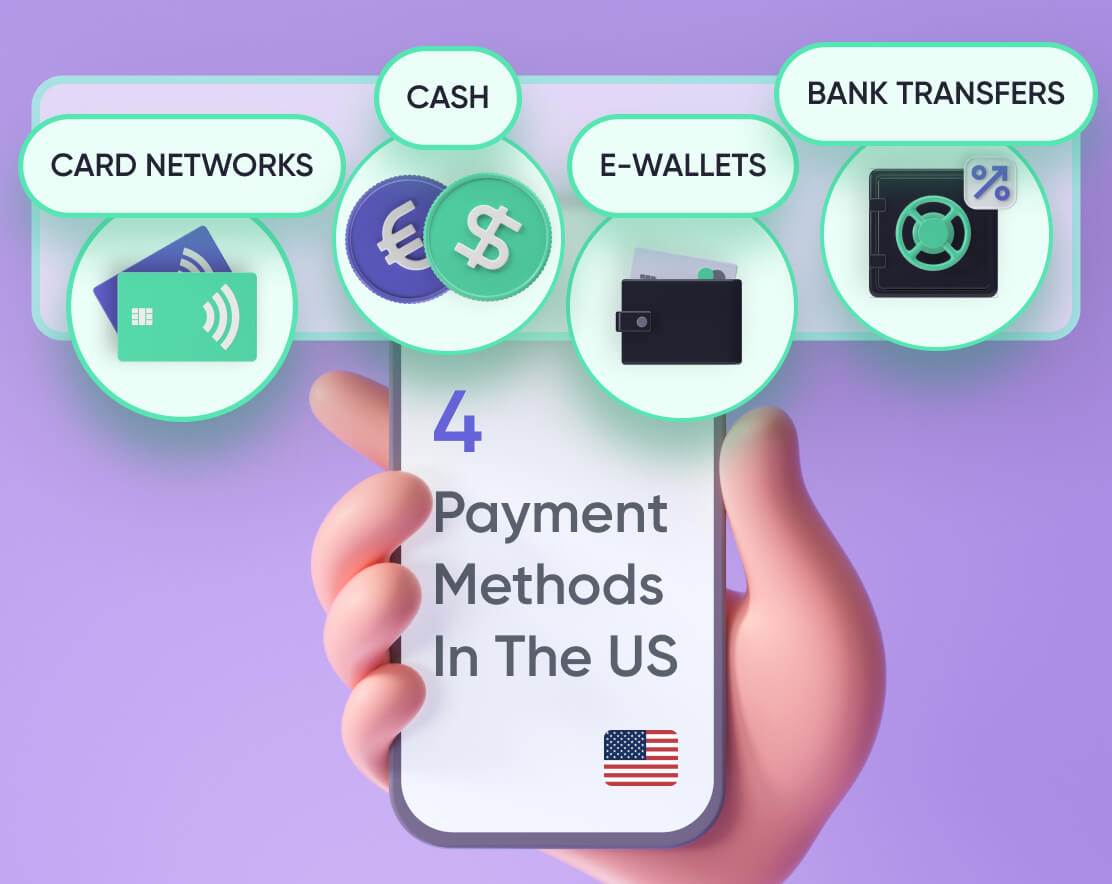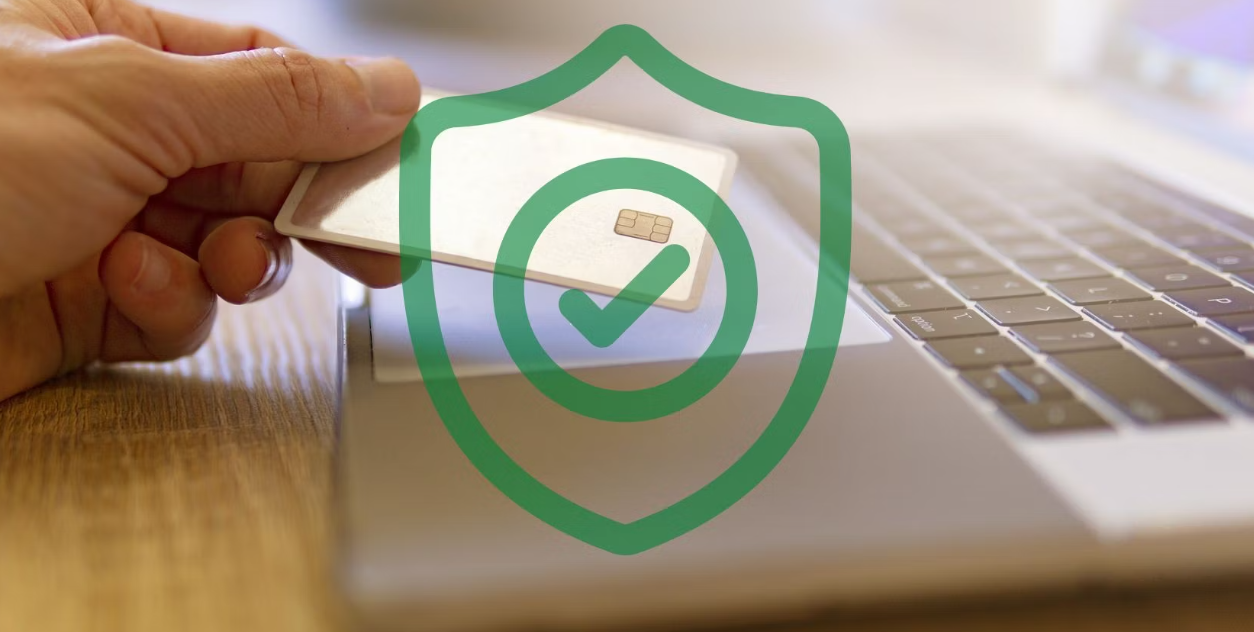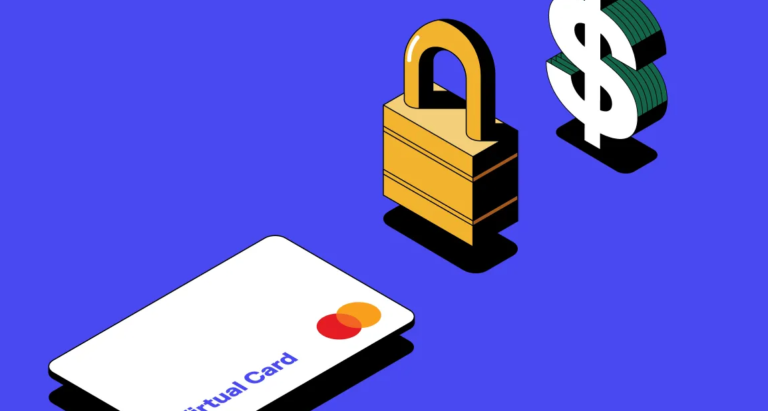In today’s digital world, online transactions have become a fundamental part of daily life. Whether purchasing goods, subscribing to services, or transferring money, ensuring secure online payments is more crucial than ever. With cyber threats evolving and becoming more sophisticated, both consumers and businesses need to adopt comprehensive security measures to safeguard sensitive financial information.
In this article, we will explore best practices for secure online payments that can help protect against fraud, breaches, and other security risks. These practices not only benefit consumers but also enhance the trustworthiness and reputation of businesses. By following these guidelines, you can help ensure that your online transactions remain safe and secure.
Why Secure Online Payments Matter
The growth of e-commerce and online services has led to an increased volume of digital transactions. However, this convenience comes with the risk of cyberattacks and financial fraud. Securing online payments is crucial for several reasons:
- Customer Trust: Consumers are more likely to engage with businesses that offer secure payment methods. A breach in security can lead to loss of customer confidence and loyalty.
- Compliance: Many industries have specific security standards, such as PCI DSS (Payment Card Industry Data Security Standard), that businesses must comply with to avoid penalties.
- Financial Protection: Cybercriminals target both personal and business financial information, potentially leading to significant financial losses.
Choosing Secure Payment Methods

Selecting the right payment method plays a critical role in ensuring secure online payments. Some payment methods offer higher levels of security than others, and it’s important for both consumers and businesses to be aware of these options.
2.1 Credit and Debit Cards
Credit and debit cards remain among the most popular forms of online payment. Many card providers offer built-in security features, such as fraud detection and encryption, to protect transactions. Additionally, consumers are typically not held responsible for fraudulent transactions if they report the issue promptly.
2.2 Digital Wallets
Digital wallets like PayPal, Apple Pay, and Google Pay provide a secure alternative to traditional card payments. These wallets use tokenization, which replaces sensitive card details with a unique identifier, making it more difficult for cybercriminals to steal financial information.
2.3 Cryptocurrency
For tech-savvy users, cryptocurrency offers an added layer of security due to its decentralized nature and blockchain technology. Transactions are encrypted and irreversible, which helps protect against fraud. However, cryptocurrency payments are not widely accepted by all merchants.
2.4 Bank Transfers
While direct bank transfers are considered secure, they offer less protection against fraud compared to other methods. Consumers should ensure that they are using a trusted platform when initiating a bank transfer.
The Importance of SSL Encryption
Secure Sockets Layer (SSL) encryption is a critical component of online payment security. SSL encrypts the data transmitted between the user’s browser and the server, ensuring that sensitive information like credit card numbers and passwords are protected from eavesdropping or interception by cybercriminals.
3.1 How SSL Works
SSL works by establishing an encrypted link between the user’s browser and the website’s server. This ensures that any data passed between the two is encrypted and unreadable to third parties. Websites that use SSL encryption can be identified by the “HTTPS” in their URL and a padlock icon in the browser address bar.
3.2 Why SSL is Essential for Online Payments
Without SSL encryption, sensitive information such as credit card details, usernames, and passwords could be intercepted and stolen during transmission. SSL is particularly important for e-commerce websites and any platform that handles financial transactions.
3.3 Implementing SSL on Your Website
For businesses, implementing SSL is straightforward and crucial for secure online payments. You can obtain an SSL certificate from trusted Certificate Authorities (CAs) and install it on your server. This ensures that your website is secure, which builds trust with your customers and protects their data.
Two-Factor Authentication (2FA) for Payment Security

One of the most effective ways to secure online payments is through Two-Factor Authentication (2FA). 2FA adds an extra layer of security by requiring users to provide two forms of identification before completing a transaction.
4.1 What is Two-Factor Authentication?
Two-Factor Authentication requires users to verify their identity using two methods: something they know (such as a password) and something they have (such as a smartphone or authentication token). This means that even if a cybercriminal gains access to the user’s password, they would still need the second form of identification to complete the transaction.
4.2 Implementing 2FA for Online Payments
For businesses, implementing 2FA can significantly reduce the risk of fraud. Many online payment gateways and platforms offer built-in support for 2FA, allowing users to receive a one-time code via SMS, email, or an authentication app that they must enter to confirm their identity.
4.3 Consumer Benefits of 2FA
For consumers, enabling 2FA for their online payment accounts offers additional protection. Even if their password is compromised, the second factor ensures that unauthorized transactions are blocked.
Regularly Updating Software and Systems
Keeping software and systems updated is a simple yet highly effective way to maintain secure online payments. Outdated software can have vulnerabilities that cybercriminals can exploit to gain access to sensitive information.
5.1 Importance of Software Updates
Software updates often include security patches that fix vulnerabilities discovered in previous versions. By failing to update systems regularly, businesses and consumers expose themselves to unnecessary risks. This is particularly important for e-commerce platforms, payment gateways, and mobile apps.
5.2 Automatic Updates and Patching
Many businesses use automatic updates and patching to ensure that their systems are always up to date. This can reduce the risk of security breaches caused by outdated software and ensure that all known vulnerabilities are addressed promptly.
5.3 Consumer Responsibility
Consumers should also make sure to keep their devices, browsers, and payment apps updated. This helps protect their financial information when making online payments.
Educating Customers About Online Payment Security

Customer education is a critical component of ensuring secure online payments. Many consumers fall victim to phishing scams, malware, and other cyberattacks because they are unaware of the risks and best practices for protecting their information.
6.1 Educating Customers on Phishing Scams
Phishing scams are one of the most common ways cybercriminals steal financial information. Educate your customers about recognizing phishing emails, fraudulent websites, and other tactics used to deceive them into providing sensitive information.
6.2 Encouraging Strong Passwords and 2FA
Encourage your customers to use strong, unique passwords for their online payment accounts. Additionally, promote the use of 2FA as an added layer of protection.
6.3 Providing Resources and Support
Offering educational resources, such as blog articles, webinars, and customer support, can help ensure that your customers are informed about online payment security. This not only protects them but also builds trust in your business.
Fraud Detection and Prevention Systems
Fraud detection and prevention systems are essential tools for businesses looking to secure online payments. These systems monitor transactions for suspicious behavior and flag or block potentially fraudulent activity before it can cause damage.
7.1 How Fraud Detection Systems Work
Fraud detection systems use algorithms and machine learning to analyze transaction patterns. They look for anomalies, such as unusually large transactions, multiple failed login attempts, or transactions from unfamiliar locations, that may indicate fraudulent activity.
7.2 Real-Time Fraud Detection
Real-time fraud detection allows businesses to act immediately when suspicious activity is detected. For example, if a transaction appears to be fraudulent, the system can block it and alert the business and customer, preventing potential losses.
7.3 Benefits of Fraud Prevention for Businesses
Implementing fraud prevention systems not only protects businesses from financial loss but also enhances customer trust. Customers are more likely to engage with businesses that take proactive measures to secure their online payments.
Complying with Payment Industry Regulations
Compliance with industry standards and regulations is critical for businesses that handle online payments. These standards set guidelines for securing financial data and ensuring the safe processing of transactions.
8.1 PCI DSS Compliance
The Payment Card Industry Data Security Standard (PCI DSS) is one of the most important security standards for businesses handling credit card payments. It outlines a set of requirements designed to protect cardholder data and secure online transactions.
8.2 General Data Protection Regulation (GDPR)
For businesses operating in or interacting with customers from the European Union, GDPR compliance is essential. GDPR outlines regulations for the collection, storage, and processing of personal data, including payment information.
8.3 Penalties for Non-Compliance
Failure to comply with industry regulations can result in hefty fines, legal penalties, and loss of customer trust. It is essential for businesses to stay up-to-date on relevant regulations and ensure that they are implemented correctly.
Best Practices for Mobile Payment Security

As mobile payments continue to rise in popularity, ensuring the security of these transactions is paramount. Mobile devices are often targets for cybercriminals due to their widespread use and sometimes lax security measures.
9.1 Secure Mobile Payment Apps
Consumers should use only trusted and secure mobile payment apps from reputable providers, such as Apple Pay or Google Pay. These apps typically offer advanced security features like tokenization and biometric authentication.
9.2 Avoid Public Wi-Fi for Mobile Payments
Making payments over public Wi-Fi networks can expose sensitive information to cybercriminals. Consumers should avoid making mobile payments when connected to unsecured networks and instead use mobile data or a VPN for added security.
9.3 Biometric Authentication
Many mobile devices now offer biometric authentication, such as fingerprint or facial recognition, for added security. Encouraging the use of these features can help prevent unauthorized access to payment apps and accounts.
Future Trends in Online Payment Security
The landscape of online payment security is continuously evolving. As technology advances, so do the methods used by cybercriminals to exploit vulnerabilities. Here are some emerging trends in payment security:
10.1 AI and Machine Learning in Fraud Detection
Artificial intelligence (AI) and machine learning are becoming more widely used in fraud detection systems. These technologies can analyze vast amounts of data in real-time, allowing for more accurate detection of fraudulent transactions.
10.2 Blockchain Technology
Blockchain technology, known for its use in cryptocurrencies, is being explored as a method for securing online payments. Blockchain’s decentralized and immutable nature makes it an attractive option for secure transactions.
10.3 Biometric Payments
In the future, biometric payments—using fingerprints, facial recognition, or voice authentication—could become the norm. These methods offer enhanced security and convenience, as they reduce the reliance on passwords and PINs.
10.4 Tokenization and Encryption
As more businesses adopt tokenization and encryption technologies, we can expect online payments to become even more secure. These methods protect sensitive payment data by replacing it with unique tokens or encrypting it during transmission.
Conclusion
Securing online payments is more critical than ever in today’s digital economy. By adopting best practices for secure online payments, businesses can protect their customers’ financial information and build trust, while consumers can safeguard their personal data. Implementing secure payment methods, utilizing SSL encryption, adopting Two-Factor Authentication, staying compliant with industry regulations, and educating customers are all essential steps in preventing fraud and enhancing payment security.
As technology continues to evolve, so too will the methods of securing online transactions. By staying informed and proactive, both businesses and consumers can navigate the digital landscape with confidence and peace of mind.

